Q: Why is it more difficult to keep my hair healthy the longer I grow it ?
A: If you don’t give your hair the proper care when growing it out, the ends become weak, thin and split, and more prone to breakage. Unfortunately this means at some point, you will need a lot cut off to thicken them up. The key is to keep hair strong and moisturized via advance in-salon and at-home care to reduce the need for aggressive trimming. There is no point in having long hair unless it is healthy and the ends are strong. Healthy, thick ends create more natural movement in the hair, making it look thicker and often more shiny.
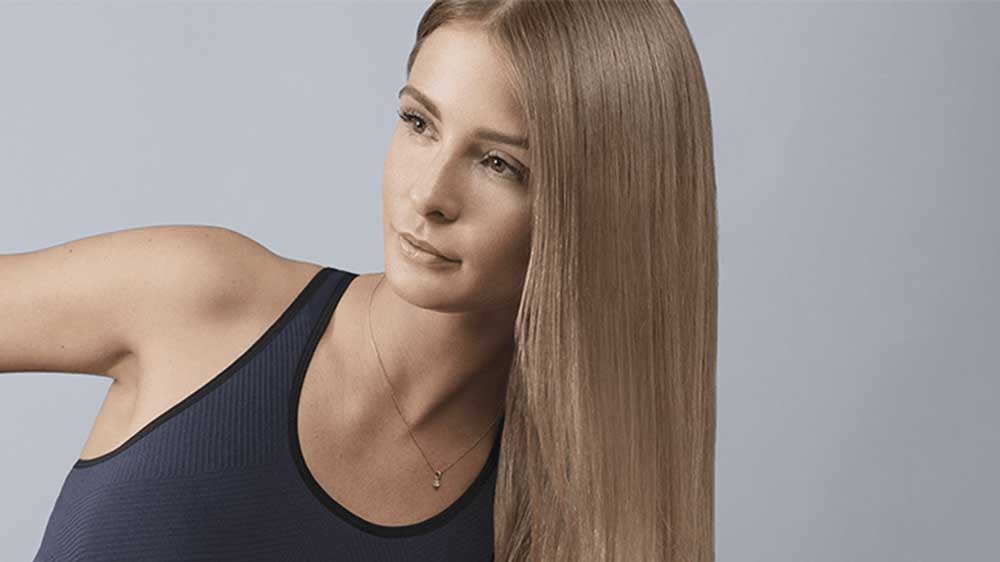
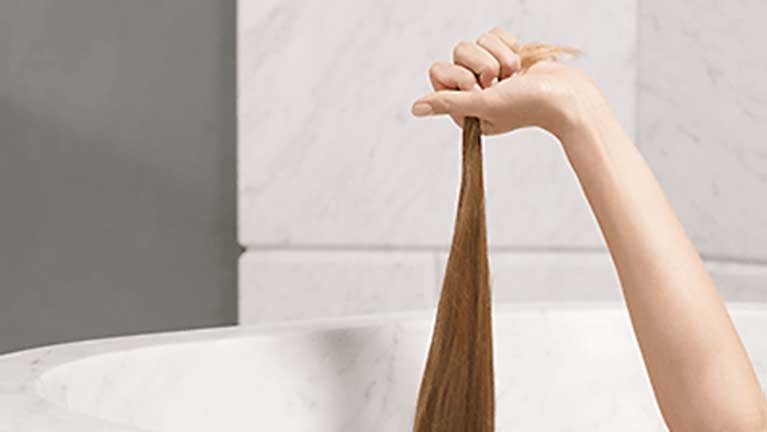
Q: Does long hair require special care?
A: Yes, absolutely. Long hair needs a lot of TLC to keep it looking healthy and strong. This includes being careful not to over process the hair with color and protecting the hair from heat tools. It’s important to do regularly treatments and always use the correct shampoo and conditioner for your long hair. I would also recommend using an oil to add moisture in the ends of the hair as these tend to be most dehydrated part.
Q: Is there a certain age when long hair isn’t appropriate?
A: No, absolutely not. I have spent so many hours over the years telling women not cut off their hair just because they have reached a certain age. As long as the hair is in good condition and the color looks vibrant, there is no reason why it should be cut off. There used to be this perception that everyone had to have the same short hairstyle once you hit a certain age, but that is not the case now. It is no longer one size fits all.
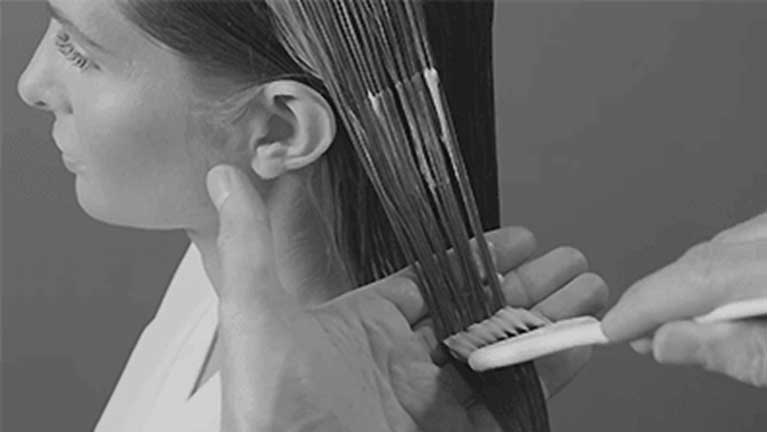
Q: Does my hair need to be a certain texture to wear it long?
A: Provided your hair is in good condition and you can manage your hair, anyone can wear it long. Some may need a smoothing treatment to calm the hair, so it’s manageable for them on a daily basis, whilst thick and unruly hair may need more maintenance and nourishment.
Q: How long is too long for me to grow my hair?
A: As soon as your hair starts to look thin or damaged on the ends, that is when you know your hair is too long. Hair naturally gets thinner as it grows. Mix that with the damage and stresses that hair faces and it can start to look really unflattering and unhealthy. As soon as the ends look thin or damaged make sure you have a little trim. This way, you won’t have to cut off too much later to keep your hair healthy as it grows.
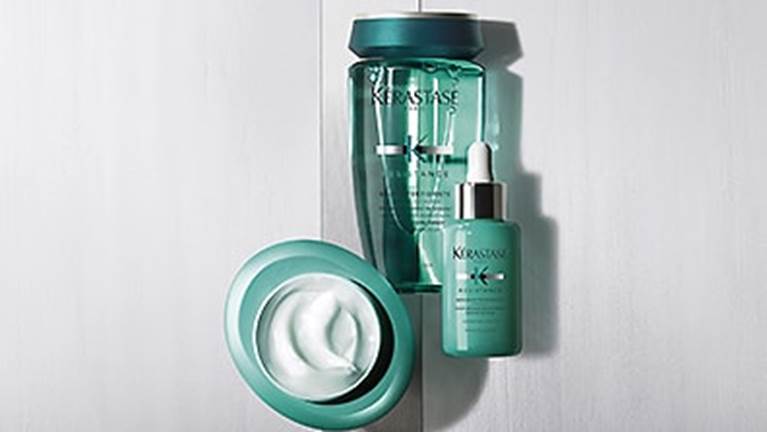
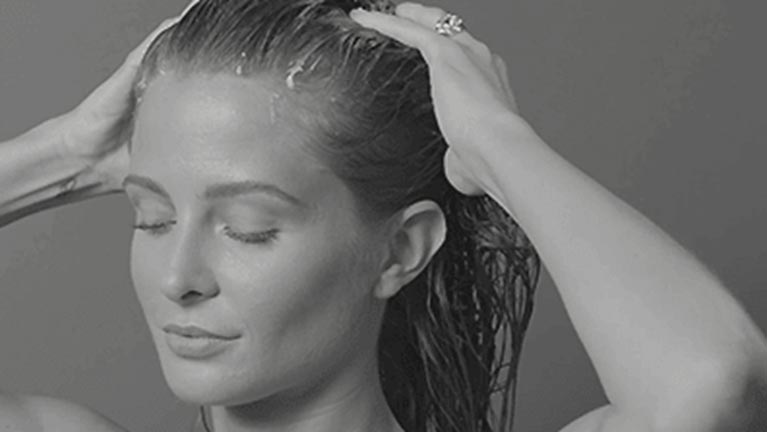
Q: Exactly how fast can I expect my hair to grow?
A: For some people, hair grows quicker than others, this can be due to lifestyle, diet and genetics. It totally depends. However, we can expect on average hair to grow approximately one inch a month.
Q: How do I determine what length is best for me?
A: Anyone can wear their hair long (as long as it’s in good condition) but it’s important to make sure that the style is flattering around the face, and this will depend on face shape. For example, if you have an oval shaped face or long face, avoid long length around the front. Layers can be added around the face for a more flattering look.
Q: Are split ends more likely to occur on long hair? How do I prevent them?
Yes they are as the hair is naturally drier and more dehydrated on the ends and therefore more prone to splitting or breaking. The hair at the ends is of course the oldest, so is bound to be more dry and damaged. One way of helping the ends is to use an oil or split end treatment to add moisture and by regularly conditioning the hair to add nourishment. Also, always make sure you take care when blow drying or using heat tools.


